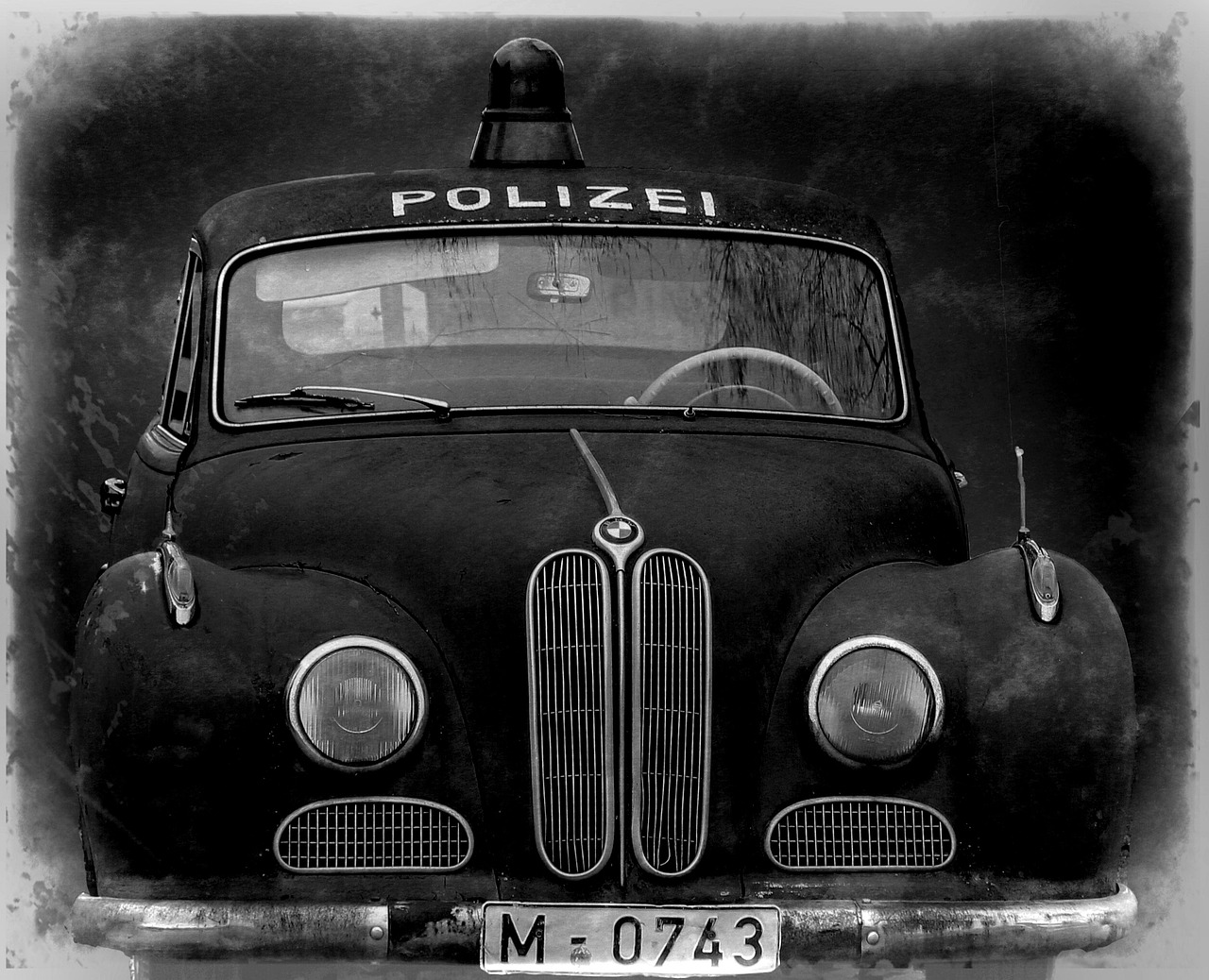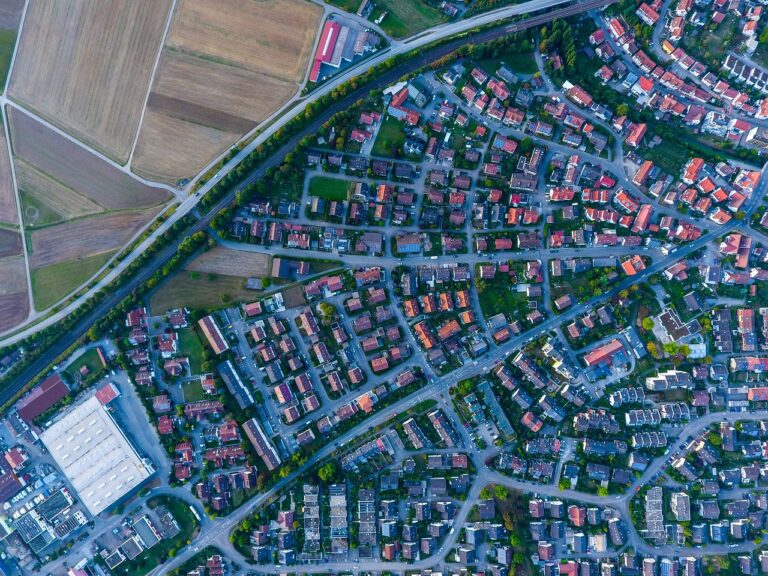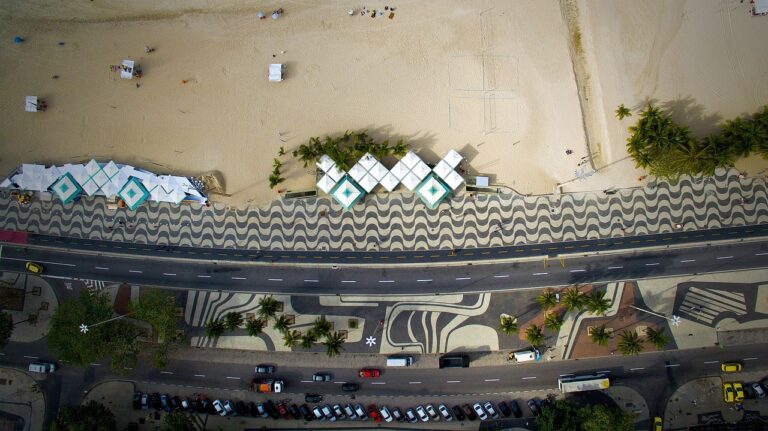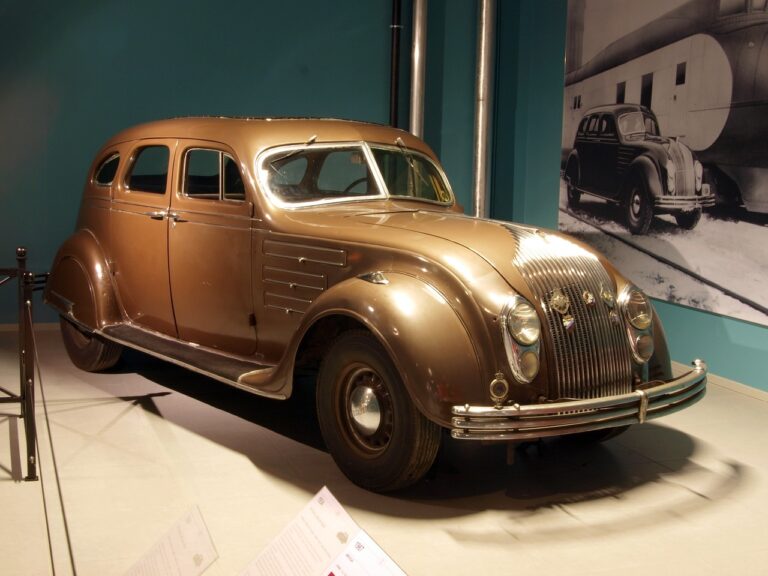The Impact of 3D Visualization Technologies on Car Design Prototyping
3D visualization technologies have revolutionized the way car design prototyping is carried out in the automotive industry. By leveraging advanced software and tools, designers can create highly detailed and realistic virtual prototypes of vehicles, allowing them to visualize every aspect of the design with precision. This level of detail helps designers identify potential issues early in the process, saving both time and resources that would have been spent on physical prototypes.
Moreover, 3D visualization technologies enable designers to explore different design variations quickly and easily, facilitating a more iterative and efficient design process. This iterative approach allows for faster design revisions and improvements based on feedback, ultimately leading to the development of better-performing and aesthetically appealing vehicles. Additionally, the ability to visualize designs in 3D helps stakeholders and clients better understand and evaluate the proposed designs, fostering clearer communication and alignment on the final product.
Evolution of Car Design Prototyping Techniques
Over the years, the evolution of car design prototyping techniques has been fueled by advancements in technology and the increasing demands of consumers for innovative and aesthetically pleasing vehicles. Traditional methods, such as hand-drawn sketches and clay modeling, have gradually given way to more sophisticated tools like computer-aided design (CAD) software and 3D modeling programs. These modern techniques allow designers to create highly detailed virtual prototypes that closely resemble the final product, enabling them to visualize the vehicle from every angle and make necessary adjustments before physical production begins.
Furthermore, the introduction of 3D printing technology has revolutionized the prototyping process by enabling designers to quickly produce physical models of their concepts. This rapid prototyping technique not only speeds up the design iteration process but also allows for a more hands-on approach to evaluating the ergonomics and aesthetics of the vehicle. By utilizing 3D printing, design teams can produce multiple iterations of a prototype in a fraction of the time it would take using traditional methods, leading to more efficient and cost-effective design processes.
• With the use of virtual reality (VR) and augmented reality (AR), designers can now immerse themselves in a digital environment to experience their creations in a more realistic way, gaining valuable insights into how the vehicle will look and feel in real life.
• The integration of advanced simulation software allows for testing various aspects of the vehicle design, such as aerodynamics, structural integrity, and performance, without the need for physical prototypes. This saves time and resources while ensuring that the final product meets all necessary requirements.
• Collaborative tools like cloud-based platforms enable design teams to work together seamlessly regardless of their location, facilitating communication and streamlining the prototyping process. This level of connectivity allows for faster decision-making and ensures that everyone involved is on the same page throughout the design phase.
• As technology continues to advance at a rapid pace, we can expect even more innovative prototyping techniques to emerge in the future. From artificial intelligence-driven design algorithms to advanced materials science applications, car designers have an exciting array of tools at their disposal to push boundaries and create vehicles that are truly groundbreaking.
Enhanced Collaboration Among Design Teams
Collaboration among design teams is a crucial aspect of ensuring a successful and efficient car design process. With the help of advanced technologies such as 3D visualization tools, design teams can now work together seamlessly, irrespective of geographical boundaries. This has significantly improved communication and coordination, allowing team members to easily share ideas, provide feedback, and make real-time adjustments to designs.
The use of collaborative platforms and virtual reality tools has revolutionized the way design teams interact and work together. Through these innovative technologies, team members can simultaneously view and manipulate 3D models, enhancing their understanding of the design concept and facilitating more effective brainstorming sessions. This level of enhanced collaboration has not only accelerated the design process but has also led to the development of more creative and innovative car prototypes.
How can 3D visualization technologies benefit car design prototyping?
3D visualization technologies allow design teams to create realistic and detailed models of cars, helping them visualize the final product and make necessary design changes early on in the process.
What are some examples of evolution in car design prototyping techniques?
Some examples of evolution in car design prototyping techniques include the use of virtual reality, augmented reality, and digital twin technologies to create more immersive and collaborative design experiences.
How does enhanced collaboration among design teams improve the overall design process?
Enhanced collaboration among design teams leads to better communication, faster decision-making, and ultimately, more innovative and successful car designs. By working together more closely, designers can share ideas, provide feedback, and iterate on designs more effectively.







